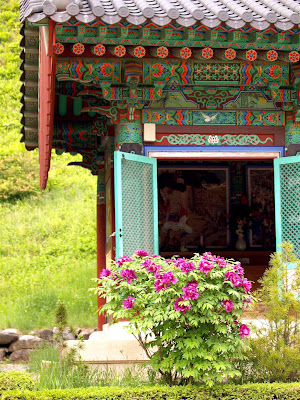I love to see green man one by one in detail.
What a variety of faces they show..
It looks like that the sculptor liked to express typical stages of our life.
Pain, Happiness, Anger, Desire, Grief. etc..
Crying, Laughing, Teasing, Frowning, Surprising, Discouraging etc..
But most of all, crying and angry faces are dominent.. just as our life does..
Statistics say that we laugh less than 20 days only out of whole 70 years, i.e., 25,550 available days..
The Green Men sculptured on the Old City Hall looked very much sophiscated and have great artistic value as well I am sure. Really nice to invest time to take a look at the all the details.








A Green Man is a sculpture, drawing, or other representation of a face surrounded by or made from leaves. Branches or vines may sprout from the nose, mouth, nostrils or other parts of the face and these shoots may bear flowers or fruit.
- Commonly used as a decorative architectural ornament, Green Men are frequently found on carvings in churches and other buildings.
- "The Green Man" is also a popular name for British public houses and various interpretations of the name appear on inn signs, which sometimes show a full figure rather than just the head.
- The Green Man motif has many variations. Found in many cultures around the world, the Green Man is often related to natural vegetative deities springing up in different cultures throughout the ages.
- Primarily it is interpreted as a symbol of rebirth, or "renaissance," representing the cycle of growth each spring.
- Some speculate that the mythology of the Green Man developed independently in the traditions of separate ancient cultures and evolved into the wide variety of examples found throughout history.














 A Green Man is a sculpture, drawing, or other representation of a face surrounded by or made from leaves. Branches or vines may sprout from the nose, mouth, nostrils or other parts of the face and these shoots may bear flowers or fruit.
A Green Man is a sculpture, drawing, or other representation of a face surrounded by or made from leaves. Branches or vines may sprout from the nose, mouth, nostrils or other parts of the face and these shoots may bear flowers or fruit.




